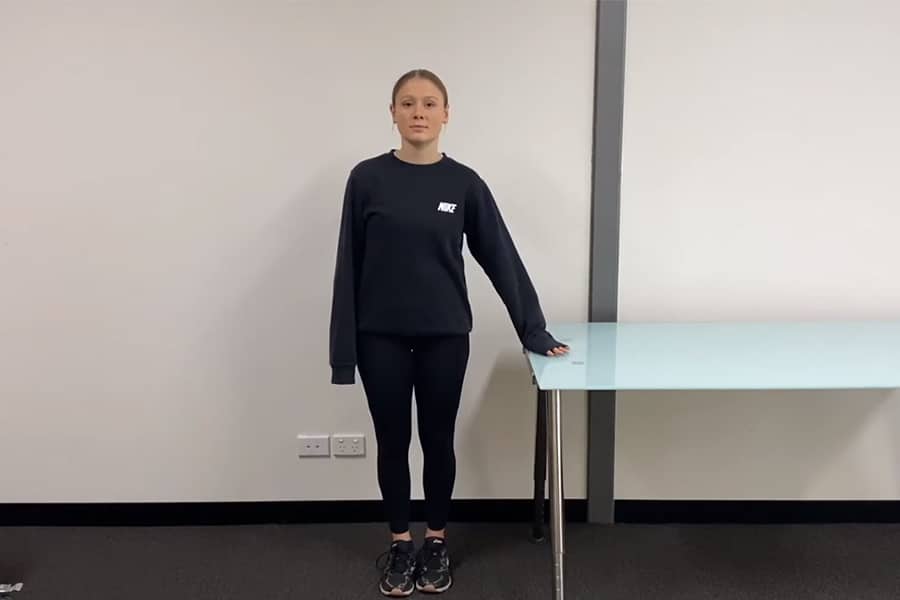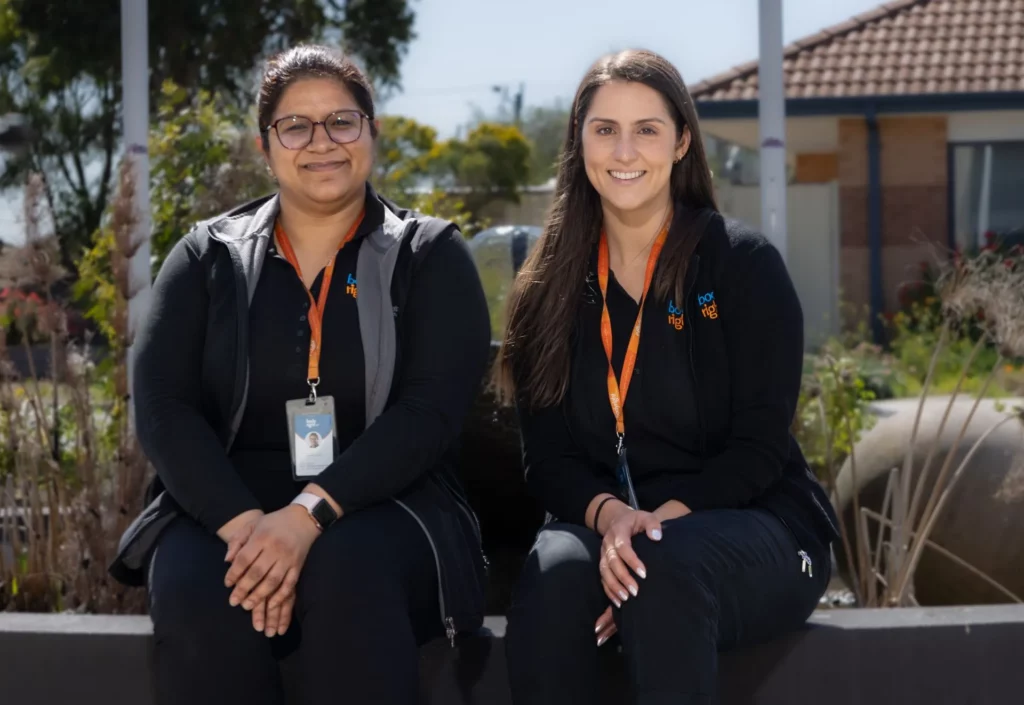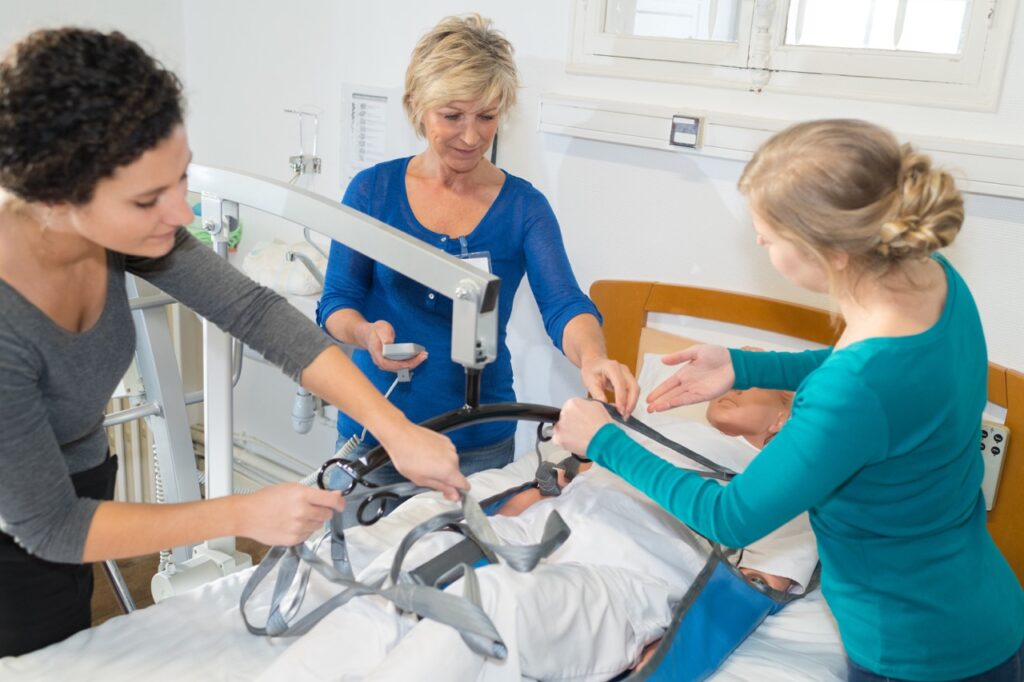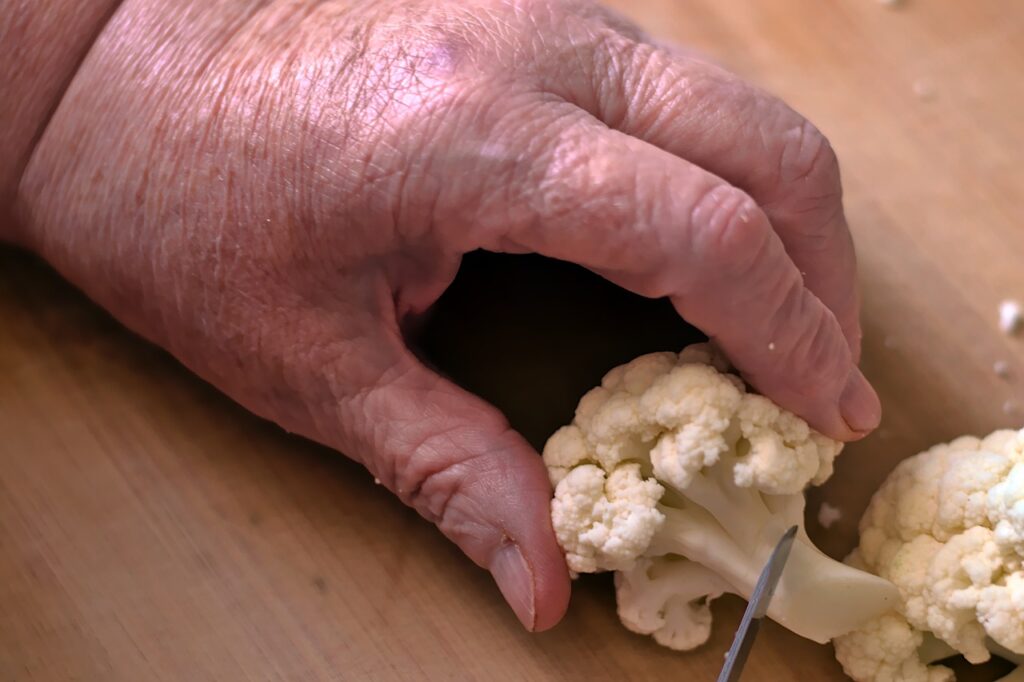Falls Prevention in Older Adults
There’s an underlying myth that falls are an inevitable part of growing old. Falls are often associated with conditions that result in muscle weakness, balance problems, poor vision, heart disease, dementia or low blood pressure (hypotension). However, it is not inevitable that you or your loved one should fear the risk of having a serious fall as you grow older.
Active ageing for Australians relies on a combination of both aerobic and strength-training physical activity. For adults above the age of 65, this physical activity can include leisure or planned exercise (e.g. walking, swimming or hiking), transportation (e.g. walking or cycling), or household chores (e.g. gardening).
Studies show that those at the age of 30 begin to lose up to 8% of muscle strength each decade. That means that at 80 years old, adults can lose potentially 40% of their strength if they do not incorporate regular exercise into their lifestyles.
It is recommended that older adults do at least 150 minutes of moderate-intensity aerobic exercise per week, or at least 75 minutes of vigorous-intensity aerobic exercise per week, or a combination of both.
Additionally, 2-3 resistance training sessions a week is recommended. According to Westcott, a study conducted over 14 weeks in a nursing home with residents of a mean age of 89 found an overall improvement in strength, muscle weight and functional independence. The study found that weight training twice a week increased resident’s strength by 60%, added lean weight of 1.7kg and improved functional independence by 14%.
For older adults with mobility issues, the exercises should enhance their balance, strengthen their bones and prevent falls. These adults should include exercises relating to falls prevention, specifically, in their regular physical activity. The falls prevention exercises for older adults that are mentioned in our video above are quick, simple and can be incorporated into your everyday routines if you set aside a few minutes each day.
Not only does regular physical activity reduce the risk of falling, it reduces the risk of moderate or severe functional limitations, coronary heart disease, stroke and type 2 diabetes, and improves cognitive function, bone and functional health and muscular fitness.
Here are three falls prevention exercises that older adults can do in the safety of their own home. All you need is a steady chair or bench for support and sensible shoes.
1. Heel Raises
- Stand tall and hold your support
- Lift your heels off the floor, taking your weight through the front part of your feet
- Hold this position for three seconds then slowly lower your heels to the floor
- Repeat these 10 times
2. Toe Raises
- Stand tall and hold your support
- Raise your toes, taking your weight in your heels
- Hold this position for three seconds then slowly lower your toes
- Repeat these 10 times
3. Heel Toe Stands
- Stand tall with one hand on your support
- Put one foot directly in front of the other
- Look ahead and take your hand off the support, if you can
- Balance for 10 seconds
- Switch feet and balance again for 10 seconds
For more health tips and premium allied health services to support active ageing in Australia, contact us here at Bodyright Healthcare. With over 35 years of industry experience, we work with empathy and patience as our core values to support and enrich the lives of our clients. For more, call us on (03) 9558 9111 or visit us here.




